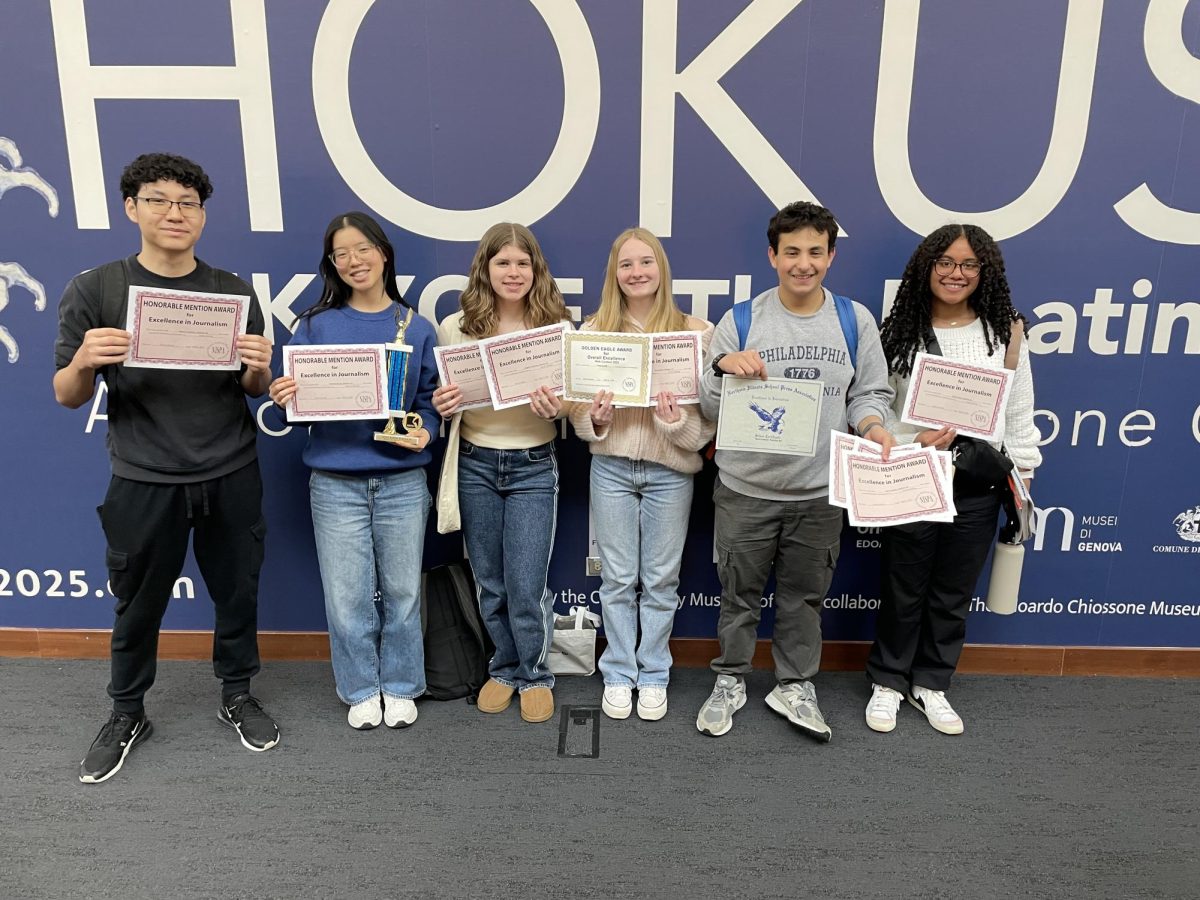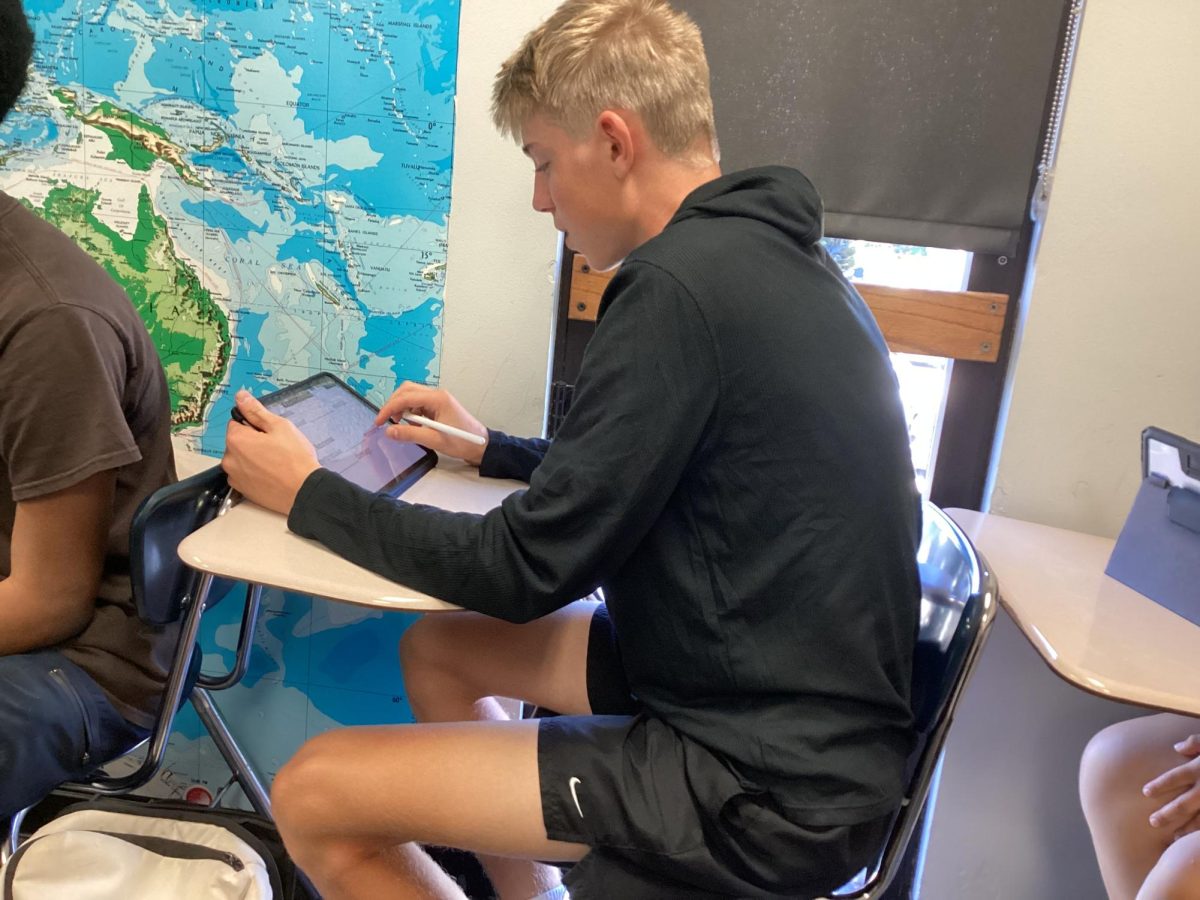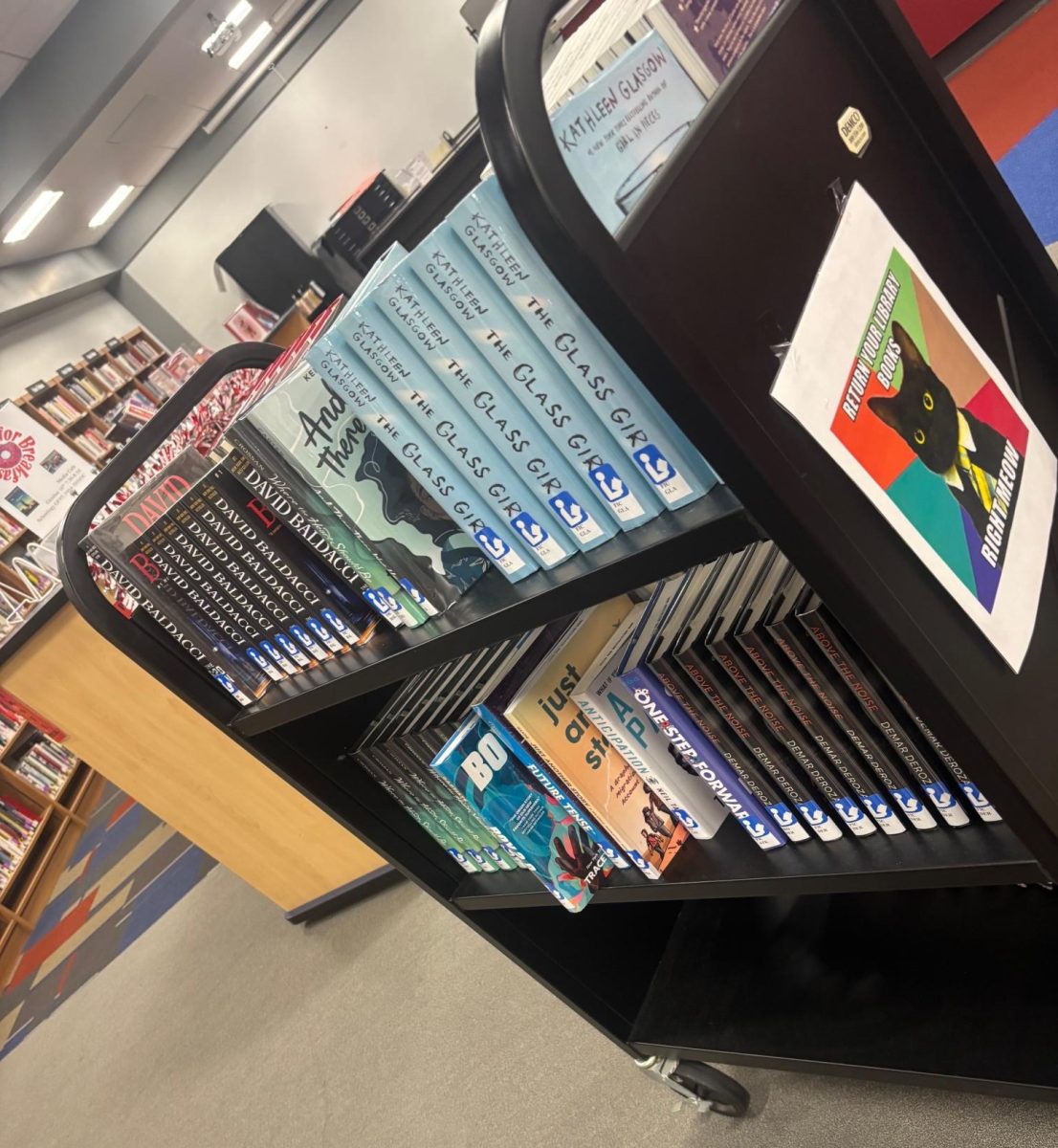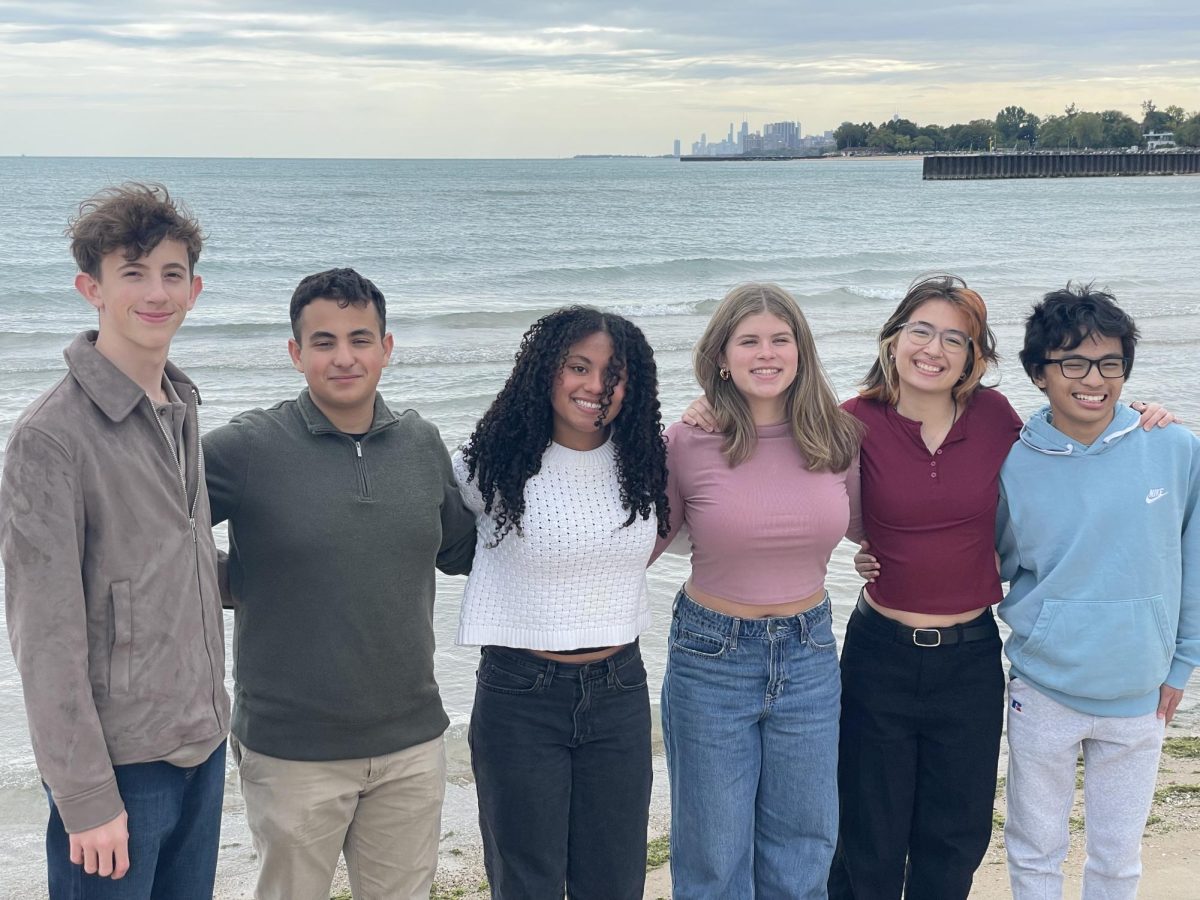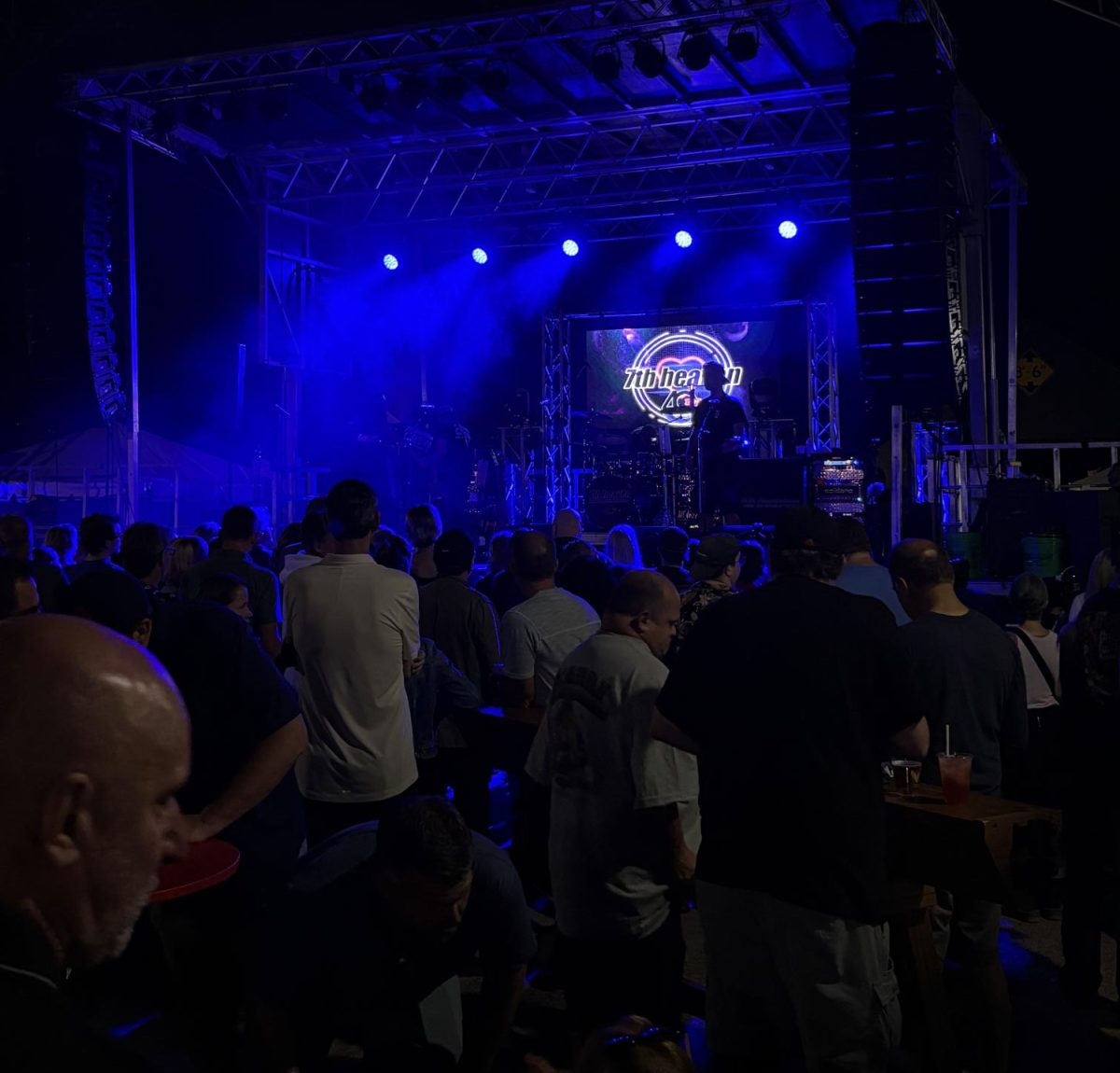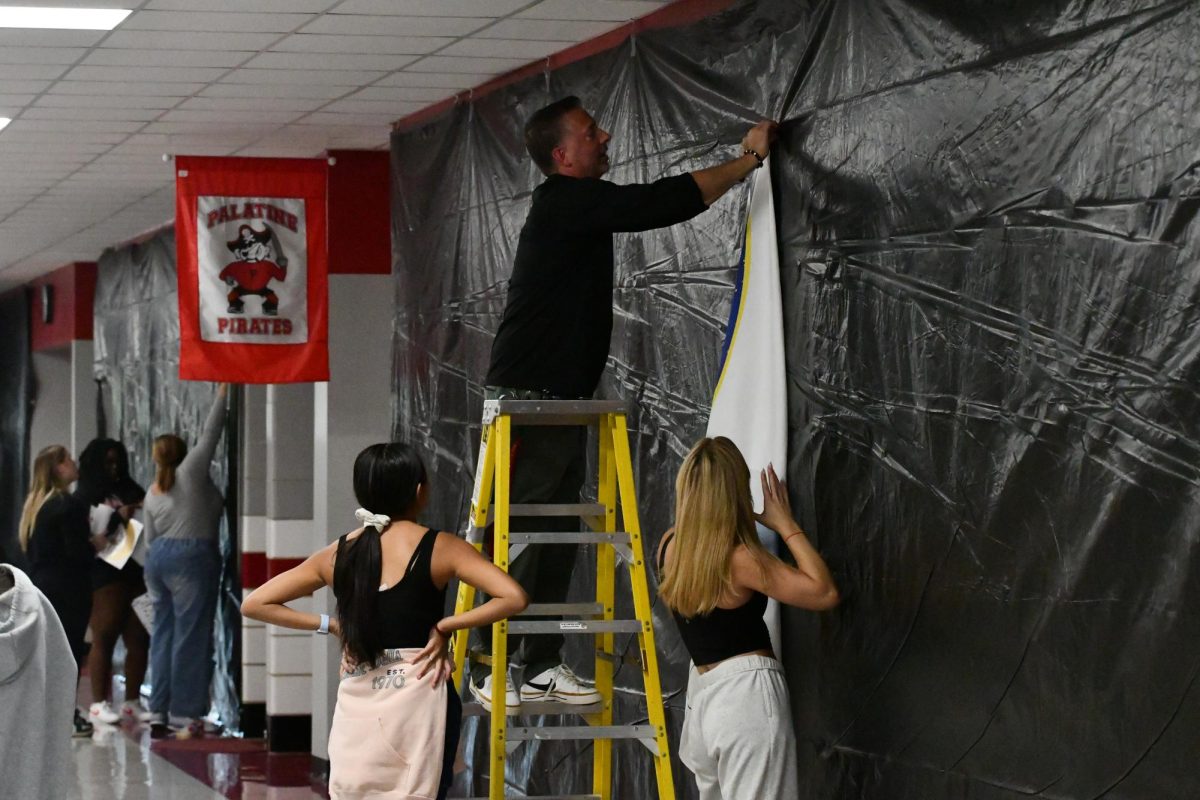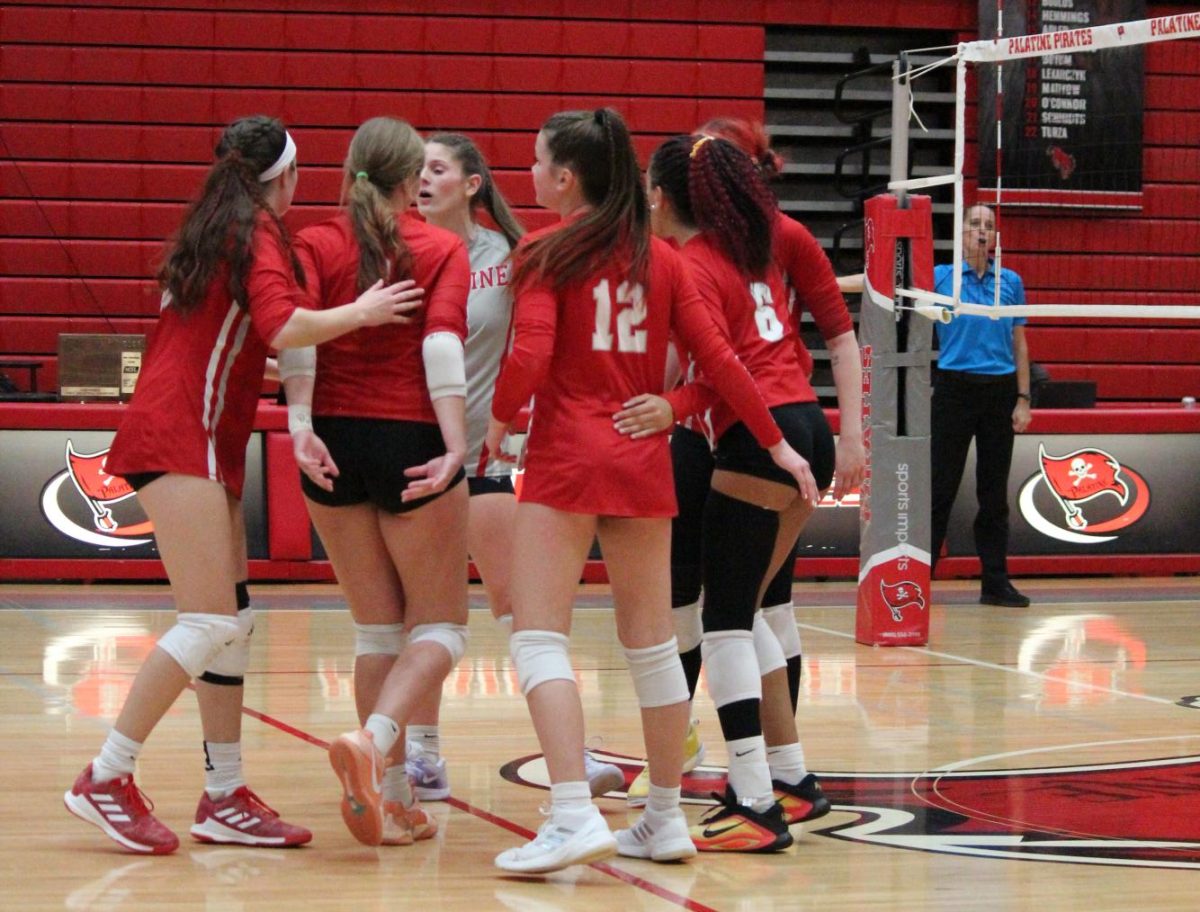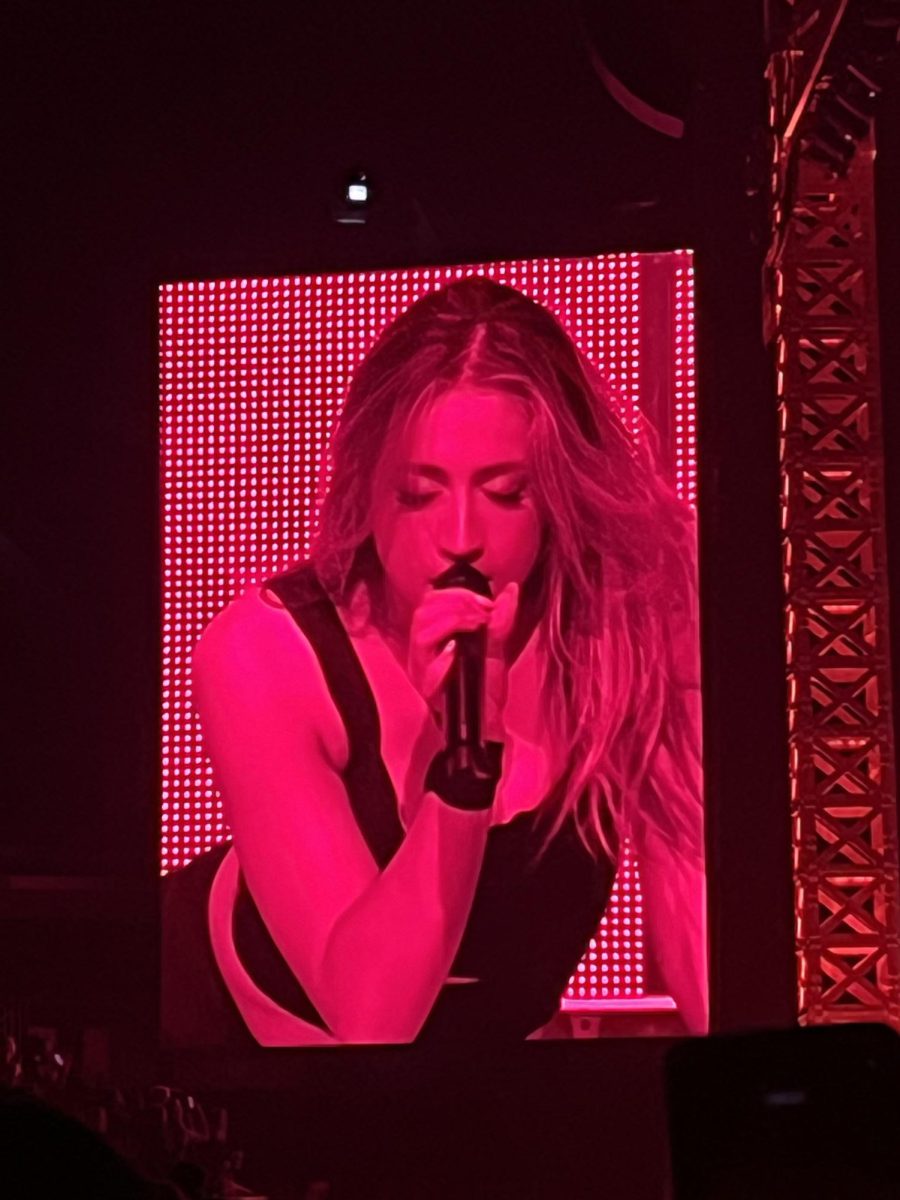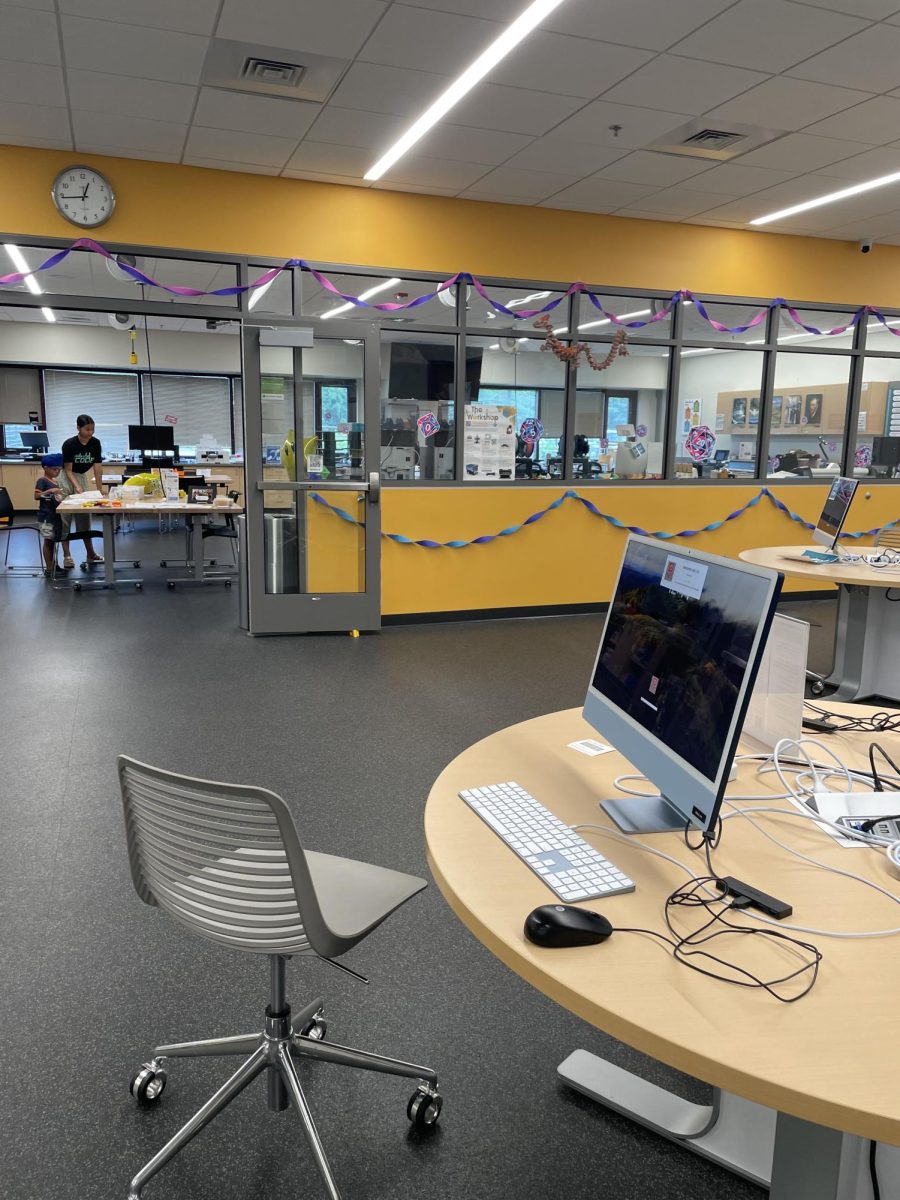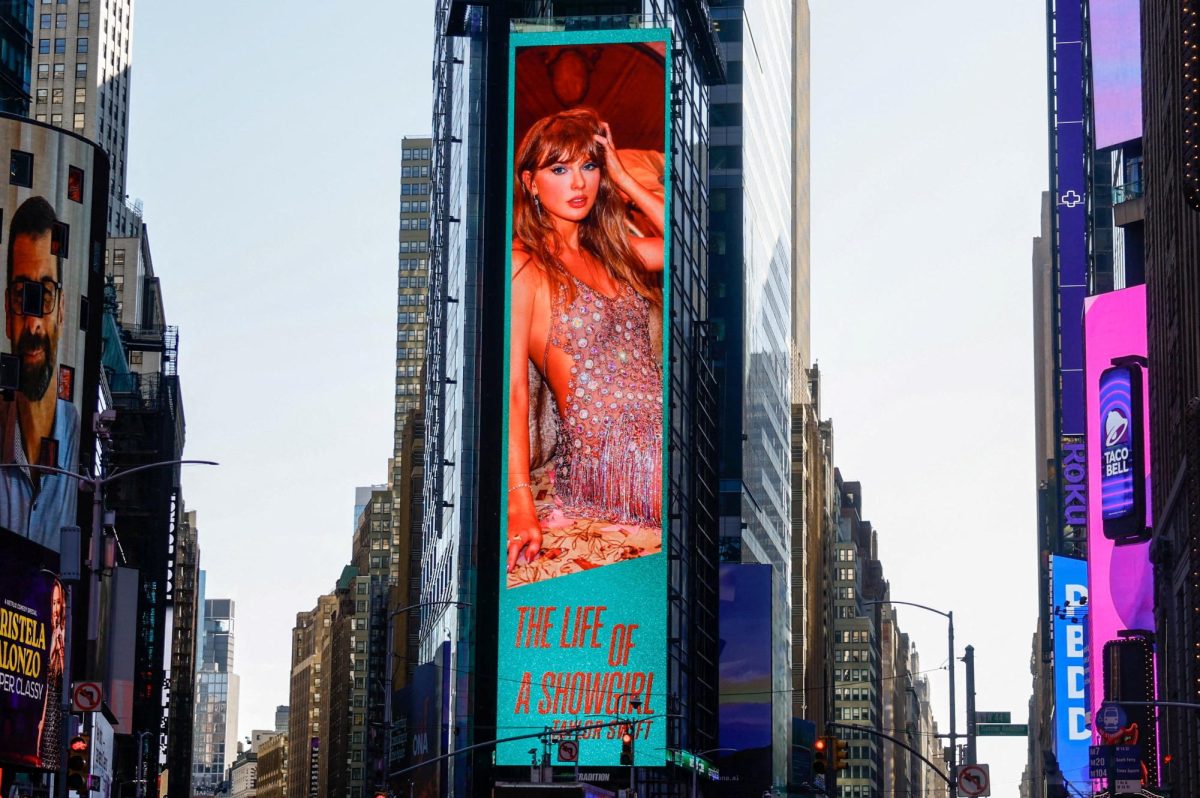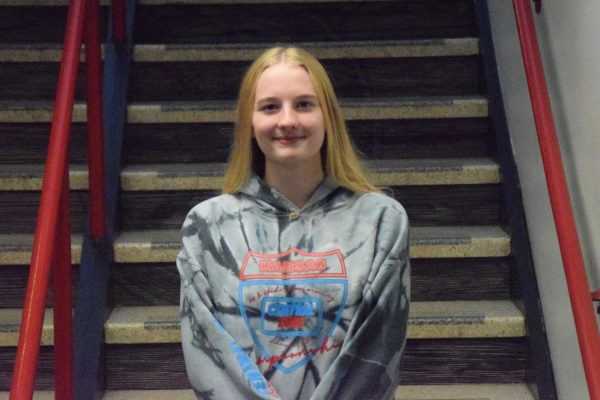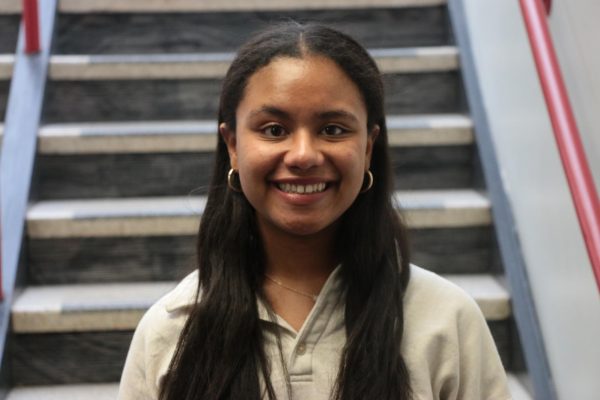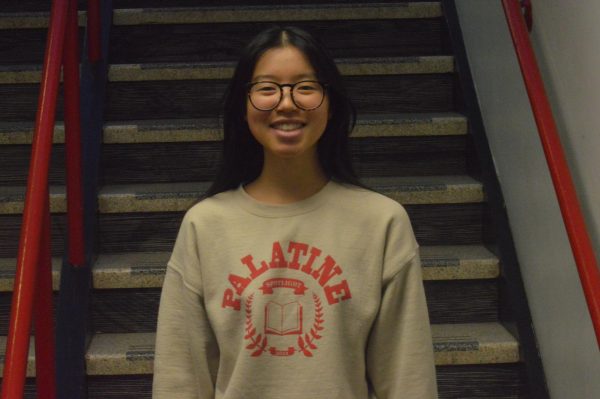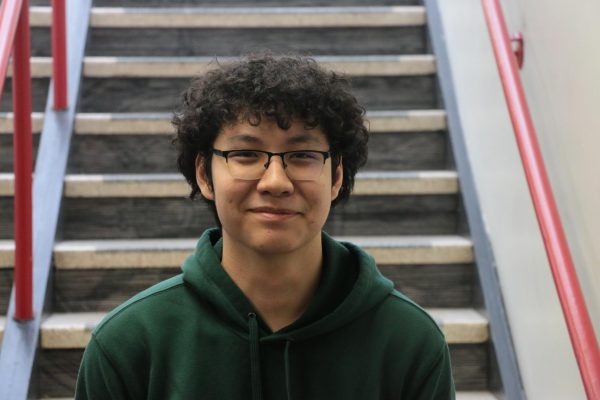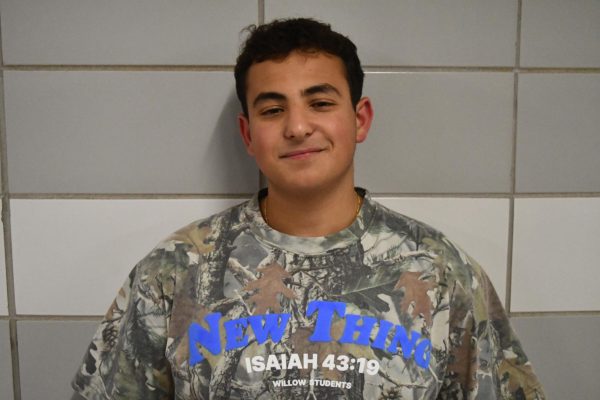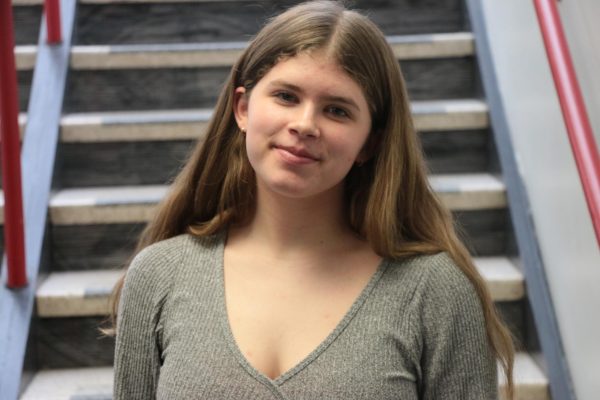Cutlass staff attended the Northern Illinois Scholastic Press Association (NISPA) Spring Conference at the College of DuPage on April 4. Staff had the opportunity to attend various sessions taught by journalism experts and won multiple awards at the end of the event.
The keynote speaker at the conference was Marissa Perlman, a CBS Chicago News reporter who shared her story on her journalism career. At a time when journalism is being questioned by many, Perlman shared insights on how student journalists can help build trust in their community through meeting with others, reporting the facts and keeping balanced.
At a session on investigative journalism, Nicole Markus, an editor at the Daily Northwestern, covered how to find good sources and get access to information to write comprehensive articles. In her experience as an editor, she covered events following the hazing scandal on the Northwestern football team. In her experience, she believes that it is important to follow up with sources and take advantage of opportunities that arise, especially in the journalism field but also in any career.
Dan Mihalopoulos, a WBEZ investigative reporter, led a session on using and understanding what Freedom of Information Act (FOIA) requests are. The Freedom of Information Act allows the public to request access to federal government records, which helps investigative journalists such as Mihalopoulos gather valuable information and statistics. He used FOIA requests when finding out information for his in-depth report on sexual assaults on lifeguards in Chicago’s Park District and highlighted what FOIA requests can and cannot access.
At a session by KSDK 5‘s Ryan Barich, he talked about a day in the life of a news producer. Barich described each of the jobs in the news field, some being a writer, creative thinker and show manager. He is a writer from St. Louis who writes about 15-20 stories a day for the news. Barich also discussed the benefits of being a show manager, which is the job where you make sure nothing goes wrong and decide what’s newsworthy. Barich showed students clips of how to get the audience’s attention with a clip of an actual car crash and how to format the quote graphics.
Columbia College Professor Sharon Bloyd-Peshkin led a session on solutions journalism, a type of journalism focused on rigorous, evidence-based reporting on responses to social problems. Peshkin believes that today’s media is overly focused on reporting problems in society, distorting people’s perception of reality. Solutions journalism, on the other hand, highlights people who take action to solve problems with creative ideas. Instead of simply focusing on the problem, perhaps focusing on the solutions could provide another perspective.
During a session on “How to Take Award-Winning Photos,” which was presented by retired Rolling Meadows High School yearbook adviser Bill Leece, he emphasized the importance of safety while taking photos. Leece stressed that the photographer’s safety should always come first, and the picture shouldn’t be the main priority. While he did demonstrate a basic way to take a photo, his other main point was staging photos — going to a sports practice and asking coaches and players to be in certain positions to get the perfect photo.
The session “Frame Composition,” taught by Carolyn Yaschur, a professional photographer and professor of journalism and mass communication at Augustana College, was an informative lesson teaching 12 ways to take photos. Going from the simple rules of thirds to edge framing, she provided real examples from her gallery and quizzed students on those newly learned techniques.
Cutlass won a 2025 Golden Eagle—Best in Class Award, a NISPA Division 1 Silver Certificate, and nine individual Honorable Mention Certificates for articles that Cutlass submitted in January.
Cutlass also attended the IHSA Journalism Sectional competition on April 5. State finals will be on April 25.



